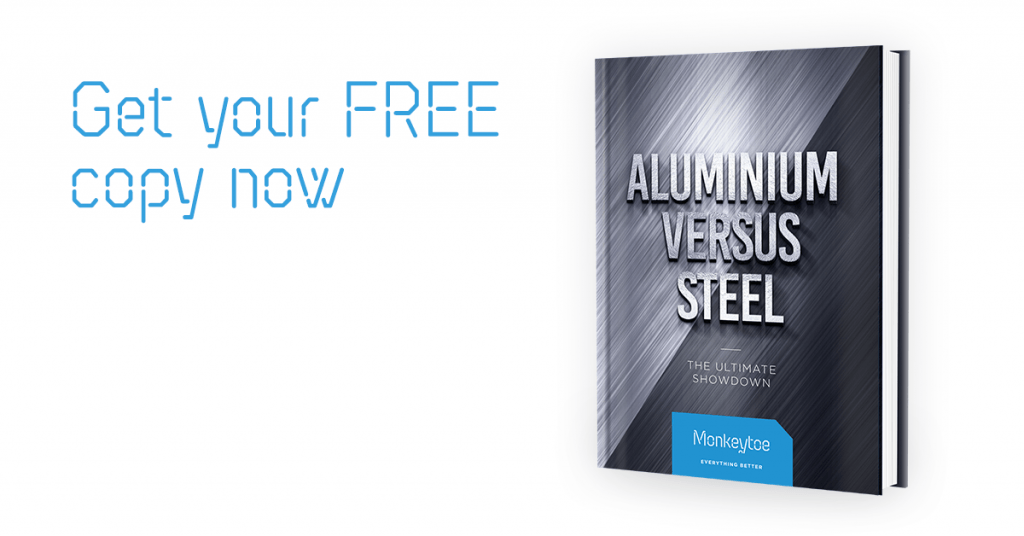Aluminium’s long and prestigious history as a once precious metal and prized decorative material is possibly selling this strong construction component somewhat short. Luckily, the last century or so has seen its extraction and production become more commercially viable, and the last few decades have transformed this versatile metal into a commonly used structural construction material.
Not only its physical and chemical properties, but also its production lifecycle, see aluminium offer significant advantages over other more established building materials like steel. As well as being lightweight, malleable, and ductile, aluminium boasts a range of implicit safety features that further bolster its use.
Do no harm
As the industry considers more and more the impact that it’s having on people and the planet, aluminium alloys have been shown to be completely neutral in their effect on air, soil, and water quality. They don’t easily react with most substances, so therefore present no significant chemical hazard to building occupants.
Additionally, aluminium provides an effective barrier against airflow, light, and microorganisms so it is increasingly being used in strategic ways in various applications and the design of different structures that need to exploit these traits.
Crash proof and blast proof
In general, aluminium has a greater capacity than steel – pound for pound – to absorb crash energy. This has seen aluminium become a material of choice for structures designed to resist fire and explosive blasts, like the construction of oil platforms, as well as in the development of bullet- proofing technology.
Further fire protection
Aluminium has a number of characteristics that can contribute to the overall fire safety of a structure. For starters, its alloys are classed as non-combustible building materials with a melting point of about 650°C. It also does not emit any toxic gases once this point is reached, reducing the potential health risks to occupants, and the internal damage to a structure, during a fire.
Moreover, structural aluminium maintains its mechanical strength up to a temperature of approximately 250°C, thereby reducing its fracture and yield point. Alloys can be designed that further raise this to 300°C.
Staying cool under pressure
When exposed to heat, aluminium’s high reflectivity means that it absorbs less radiant energy – in other words, it takes longer to heat up. This makes it an ideal lightweight material for roofing as it will moderate the internal temperature increase on hot sunny days.
In addition, aluminium is a relatively good conductor – allowing the heat that it does absorb to quickly dissipate. During a fire, this helps to prevent the formation of high heat zones within a structure and can contribute to earlier detection of fires by thermal sensing equipment. In a rooftop scenario, this quality allows aluminium panels to conduct heat out of the structure and into the environment, further slowing the temperature rise within.
The comparatively lower melting point of aluminium, when compared to iron, can also be strategically employed to mitigate some aspects of a building fire. If a fire becomes so hot that it causes aluminium roofing to melt, this can create openings for smoke and heat to escape. This feature is currently being exploited in industrial settings to help minimise the damage to the interior of buildings in the event of a major fire.
Finally, aluminium is a non-magnetic and non-sparking metal – traits that make it suitable for use where explosive vapour mixtures may be present. In the event of a chemical spill, aluminium is an ideal material for structures involved in ventilation as it lowers the likelihood of a fire, or secondary fires, starting on the exterior of the building.
Finding out more
There’s so much more that can be said about the benefits of aluminium, and how it holds up against other traditional building materials like steel. For a deep dive into this comparison, download our ebook ‘Aluminium versus Steel – The Ultimate Showdown’



